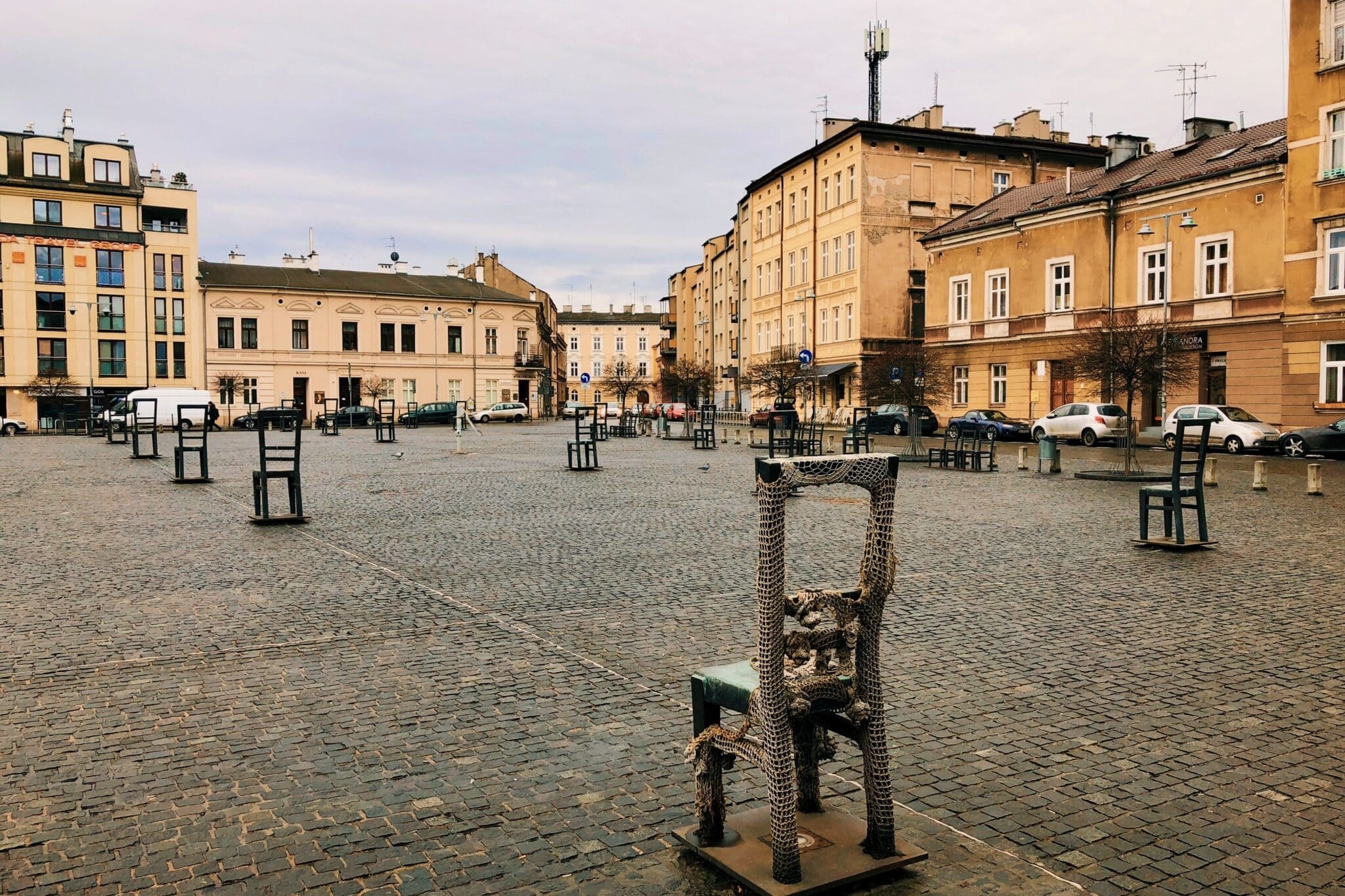Discovering Warsaw’s Old Jewish Quarter
Warsaw, the capital of Poland, is a city rich in history and culture. Among its many historical sites, the Old Jewish Quarter stands out as a poignant reminder of the city’s Jewish heritage and the tragic events of World War II. This area, once a vibrant hub of Jewish life, now serves as a place of remembrance and reflection. For those interested in exploring this significant part of Warsaw, here’s a practical guide to understanding and visiting the Old Jewish Quarter and the Ghetto Memorial.
Historical Context and Significance
The Old Jewish Quarter in Warsaw was once home to one of the largest Jewish communities in Europe. Before World War II, Warsaw’s Jewish population was vibrant and thriving, contributing significantly to the city’s cultural and economic life. However, the Nazi occupation during the war led to the establishment of the Warsaw Ghetto, where hundreds of thousands of Jews were forcibly confined. The ghetto became a site of immense suffering, resistance, and ultimately, tragedy, with the majority of its inhabitants perishing in the Holocaust.
Today, the Old Jewish Quarter is a place where history is preserved and honored. Walking through its streets, visitors can sense the echoes of the past and gain a deeper understanding of the Jewish community’s impact on Warsaw. The area is dotted with memorials, museums, and remnants of the ghetto walls, each telling a story of resilience and remembrance.
Key Sites to Visit
When exploring the Old Jewish Quarter, several key sites offer insight into the area’s history and significance. One of the most important is the Ghetto Heroes Monument, which commemorates the brave individuals who fought in the Warsaw Ghetto Uprising of 1943. This monument is a powerful symbol of resistance and courage, and it serves as a focal point for annual commemorations.
Another essential stop is the POLIN Museum of the History of Polish Jews. This modern museum provides a comprehensive overview of the thousand-year history of Jews in Poland, with interactive exhibits and personal stories that bring the past to life. It’s an invaluable resource for anyone looking to understand the broader context of Jewish life in Warsaw and Poland.
Additionally, visitors should not miss the Nożyk Synagogue, the only surviving pre-war synagogue in Warsaw. It remains an active place of worship and a testament to the enduring presence of Jewish culture in the city. The synagogue offers guided tours that provide insight into its history and significance.
Practical Tips for Visitors
When planning a visit to Warsaw’s Old Jewish Quarter, there are a few practical considerations to keep in mind. First, comfortable walking shoes are a must, as many of the sites are best explored on foot. The area is relatively compact, but there is much to see, so be prepared for a day of walking.
It’s also advisable to join a guided tour if possible. Knowledgeable guides can provide context and stories that enhance the experience, offering insights that might not be immediately apparent. Many tours are available in English and other languages, making it accessible for international visitors.
Finally, take the time to reflect and pay respects at the various memorials. The Old Jewish Quarter is not just a historical site but a place of remembrance. Visitors are encouraged to approach it with sensitivity and respect, acknowledging the profound loss and resilience it represents.
